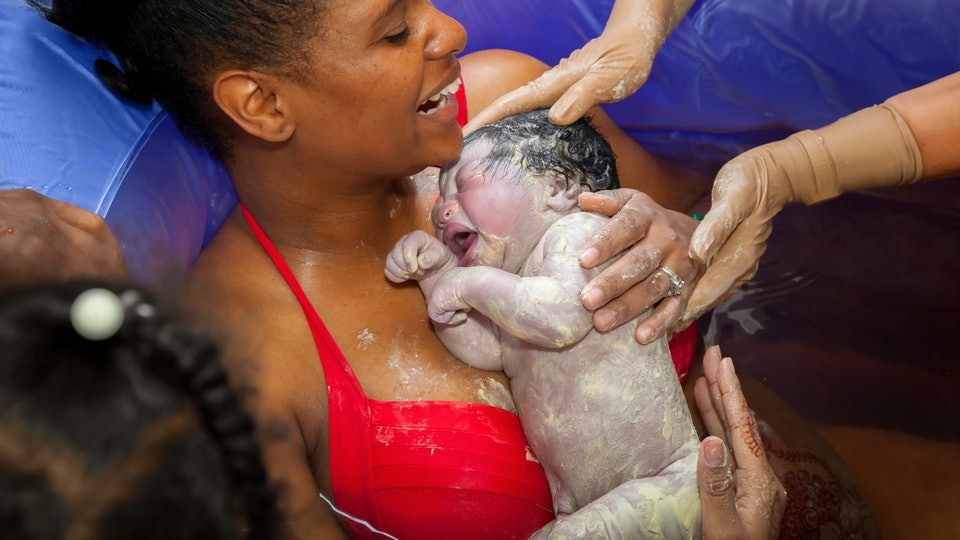10 Important Things Expectant Mums Should Know About Vernix Caseosa

There is a time in every expectant mother’s life when she hears of another term associated with pregnancy and she wonders ‘what the hell is that again?’ As if mucus-plug, bloody show and the rest are not enough, what would you do when you hear that Vernix caseosa is a part of the process? The good news is vernix is actually a blessing, so relax.
READ ALSO: What You Must Know About Herpes Simplex Infection And Babies
What Is Vernix?
Vernix is that white waxy, cheesy substance coating baby’s skin just after birth-it is sometimes called ‘the miracle cheese‘, but really vernix is not cheese and it is not phlegm.
Here are 10 important things you should know about the substance covering your baby’s body at birth;
1. It is Protection
When a baby is still developing in the womb, its skin is covered with a thick, white, cheese-like layer called vernix caseosa. The main function of this greasy cheese-like coat is to help protect your baby’s delicate skin from the acidic nature of the amniotic fluid and to help keep infection at bay.
2. It Is A Moisturiser:
Who knew nature cared so much about beauty routines? Well, the vernix is your baby’s first beauty product and moisturiser. The thick substance acts as a sealant, shielding the baby’s skin from the drying effects of amniotic fluid, again because of its acidic quality. Without vernix, your precious newborn would look old and wrinkled when they come out.
READ ALSO: 7 Common Baby Skin Problems To Watch Out For & What to Do
3. It is A Lubricant
That slippery cheesy coating on your baby when they are first born doubles as a lubricant, helping your baby slide out of the birth canal a bit easier.
4. It Serves As Blanket
The cheesy coating is also as an insulator for your baby, maintaining a proper and comfortable temperature in uterus.
5. It Is Peculiar To Humans
Humans are the only animals whose newborns are coated in vernix.
6. It Muffles Sounds
Although your baby-to-be can start to hear your voice by about week 25, how terrifying would it be for your baby to clearly hear all sounds at that time?
Vernix pretty much muffles sounds by covering your baby’s ears providing a sort of sound-shield.
7. Your Baby May Not Have It
If your baby is overdue, the vernix may be scant or missing entirely. The reason: It was likely already absorbed in the amniotic fluid.
8. Hesitate To Wipe It
Don’t be so quick to wipe the miracle cheese off your newborn’s skin. Research shows that removing vernix is not necessary for hygienic reasons, and leaving it may even provide antibacterial promotion and wound healing.
The World Health Organization advises delaying baby’s first bath for 24 hours.
READ ALSO: Why Every Dad Should Have Skin to Skin Time When Baby is Born
9. Vernix Is Not Always White
If a newborn’s vernix is not the expected smooth white, but a yellowish brown or green tinge instead, that’s a good indicator that baby already passed meconium (baby’s first poop). And it’s a good indicator that,it is okay to wipe this type of vernix off.
10. It Persists In Folds
Don’t be surprised if you find this sticky substance lurked in baby’s under-diaper nooks and crannies. Vernix likes to hide in the vagina folds for several days or even weeks after you have delivered your newborn. Gently wipe it away or simply leave it.
Photo credit: Google


